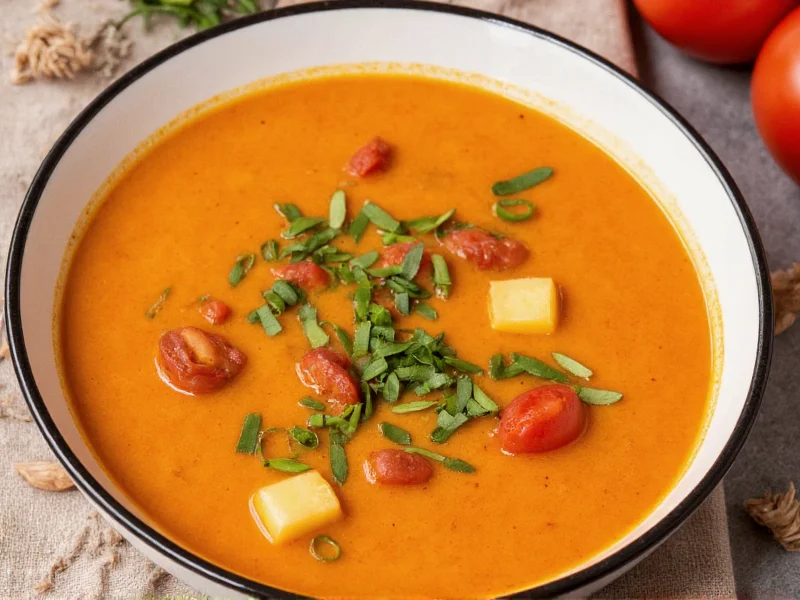Nothing warms the soul quite like a steaming bowl of soup—and even better when served with a side of laughter. Soup puns combine culinary creativity with linguistic playfulness, making them perfect for menus, greeting cards, social media posts, and casual conversations. Whether you're a chef crafting a restaurant menu, a writer seeking clever wordplay, or just someone who appreciates good humor, this comprehensive collection delivers exactly what you need.
The Art of Soup Wordplay
Soup puns work because the word "soup" naturally lends itself to playful manipulation. Its short, punchy sound fits seamlessly into common phrases, while the culinary context provides endless opportunities for double meanings. The best soup puns connect to preparation methods, ingredients, or the comforting nature of the dish itself. When crafted well, these puns create instant smiles while maintaining relevance to food culture.
Why Soup Puns Resonate With Everyone
Soup occupies a unique space in our culinary consciousness—it's simultaneously simple and sophisticated, humble and healing. This duality makes soup puns universally relatable. Unlike niche humor that requires specialized knowledge, soup wordplay connects with people across cultures and generations. Consider how "Let's taco 'bout soup instead" plays on popular food trends while maintaining accessibility. The most effective funny soup puns for menus and social media strike this balance between cleverness and clarity.
Organized Collection of Soup Puns
Rather than overwhelming you with a random list, we've categorized these puns for practical use. This organization helps you quickly find the perfect wordplay for your specific need—whether crafting a restaurant special, writing a birthday card, or just wanting to brighten someone's day.
| Category | Pun Examples | Best Usage Context |
|---|---|---|
| Classic Soup Puns | "You're souper than the rest," "Let's get this soup show on the road," "I'm feeling soup-ercalifragilisticexpialidocious today" | General conversation, social media posts |
| Tomato Soup Wordplay | "You're the paste to my tomato," "This idea is ketchup to my soup," "Don't ketchup—let's eat!" | Italian restaurants, cooking blogs |
| Chicken Soup Puns | "You've got the soup-er powers," "Cluck yeah I love soup," "This soup is fowl play" | Casual dining menus, comfort food promotions |
| Cooking Process Puns | "Let's simmer down," "Don't boil with anger," "This plan is really stew-pid" | Cooking classes, recipe cards |
| Restaurant Menu Puns | "Soup-er Specials," "Bowl of Happiness," "Ladle Love" | Menu descriptions, daily specials |
Creating Your Own Soup Puns
Mastering soup pun creation follows three simple principles. First, identify common phrases that can incorporate "soup" or related terms like "bowl," "ladle," or "simmer." Second, consider ingredients specific to certain soups—"un-bean-lievable" works perfectly for bean-based recipes. Third, think about preparation methods: boiling, simmering, and blending all offer linguistic opportunities. The best chicken soup puns often play on "cluck" or "fowl" while maintaining culinary relevance.
When and Where to Use Soup Puns Effectively
Context determines whether a soup pun lands perfectly or falls flat. For restaurant menus, keep puns clear and directly related to the dish—"Cream of the Crop Tomato Bisque" works better than obscure wordplay. Social media allows for more creativity with trending topics. In professional settings, opt for subtle humor like "Let's soup-ercharge this meeting." The key to successful clever soup jokes for restaurants is balancing humor with clarity—never sacrifice understanding for the sake of a pun.
The Linguistic Appeal of Soup Humor
Soup puns thrive because they operate on multiple linguistic levels. Phonetically, "soup" creates satisfying alliteration ("soup-er special"). Semantically, they connect to universal experiences of comfort and nourishment. Culturally, soup appears in nearly every cuisine, making these puns globally accessible. This multi-layered appeal explains why tomato soup wordplay and other variations consistently generate engagement across diverse audiences.
Putting Soup Puns Into Practice
Start small by incorporating one or two puns into your next social media post or email signature. Notice how people respond—most will appreciate the lighthearted touch. For restaurant owners, test punny menu descriptions on a weekly special and track ordering patterns. Writers can use soup puns as transitional phrases or to break tension in dialogue. The most successful implementation of how to create soup puns comes from understanding your audience and matching the humor to their expectations.











 浙公网安备
33010002000092号
浙公网安备
33010002000092号 浙B2-20120091-4
浙B2-20120091-4